Optimal Timing for Demolition Services
Determining the optimal time for demolition service depends on various factors including weather conditions, project scope, and local regulations. Typically, avoiding extreme weather seasons ensures safety and efficiency. Scheduling during mild months can reduce delays caused by rain, wind, or temperature extremes.
Demolition projects are best scheduled during dry and moderate weather conditions to ensure safety and prevent delays.
Aligning demolition with construction timelines can optimize project flow and reduce downtime.
Permits and inspections often have seasonal deadlines; planning accordingly helps maintain compliance.
Avoiding periods of high wind or heavy rain minimizes environmental impact and safety risks.
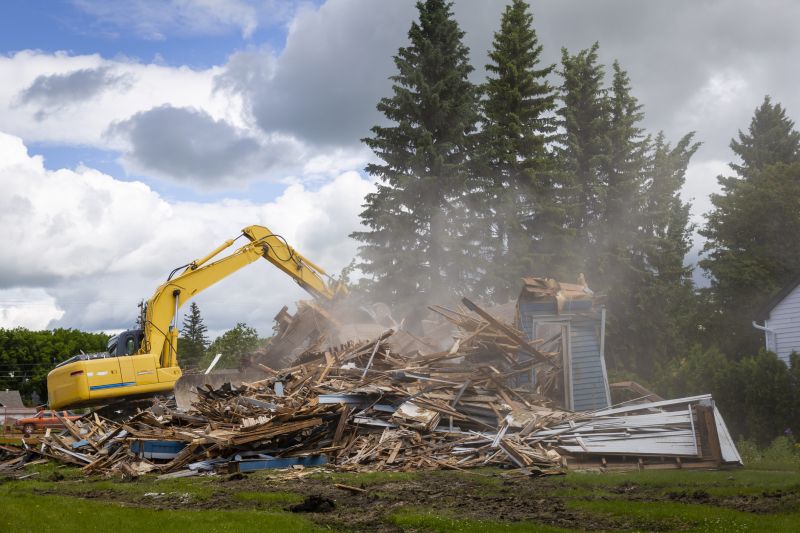
Heavy machinery preparing for demolition in optimal weather conditions.
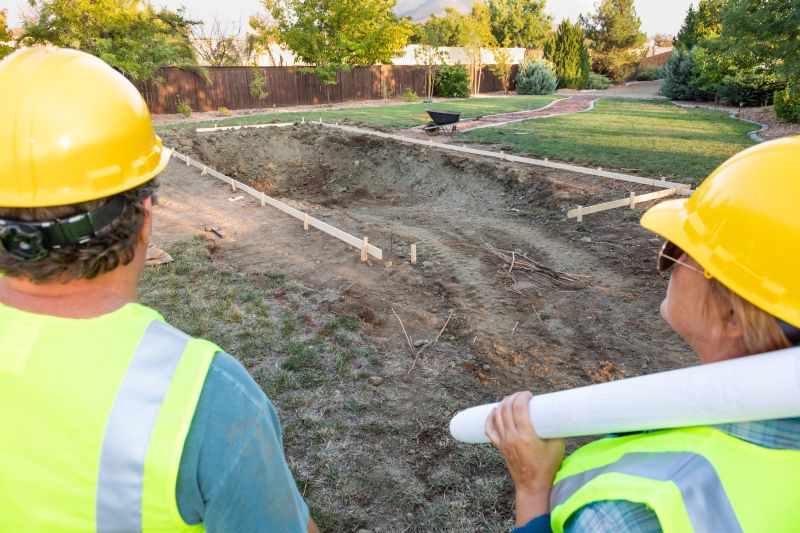
Clearing a site in preparation for safe demolition.
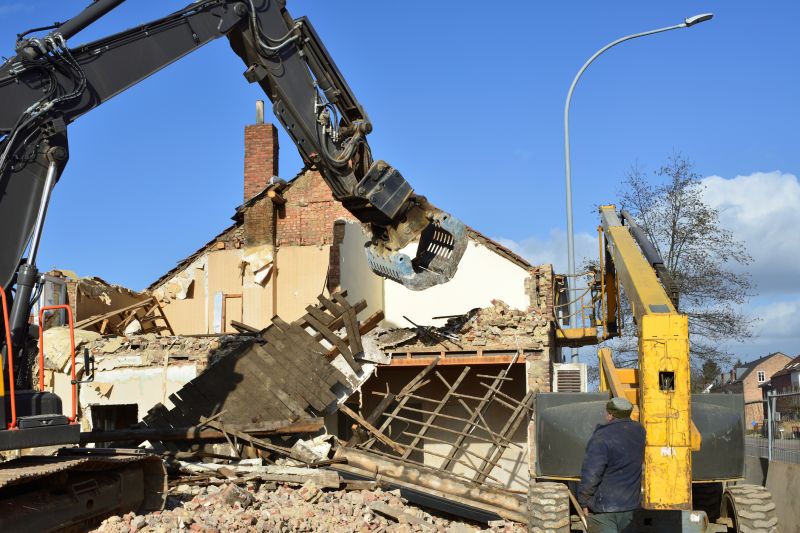
Explosive or mechanical demolition methods in progress.

Ways to make Demolition Service work in tight or awkward layouts.
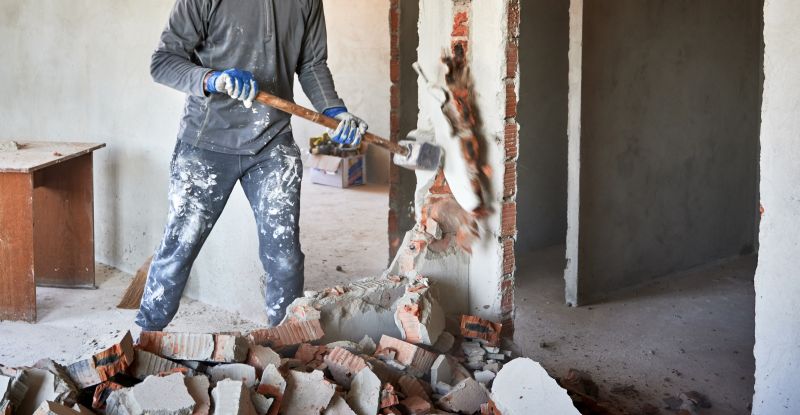
Popular materials for Demolition Service and why they hold up over time.

Simple add-ons that improve Demolition Service without blowing the budget.
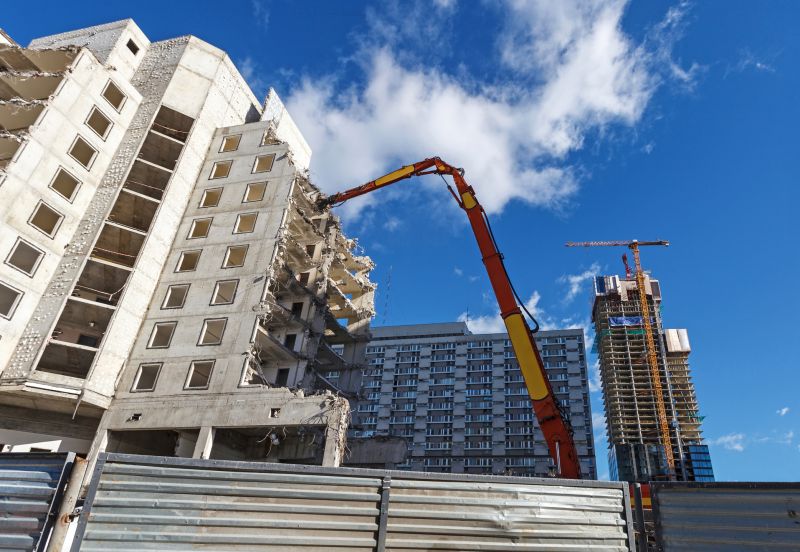
High-end options that actually feel worth it for Demolition Service.

Finishes and colors that play nicely with Demolition Service.
Demolition services encompass a range of activities including complete building teardown, selective removal, and site clearing. Proper timing ensures safety, minimizes environmental impact, and adheres to local regulations. Advanced techniques and equipment are used to execute demolitions efficiently and safely, whether for residential, commercial, or industrial projects.
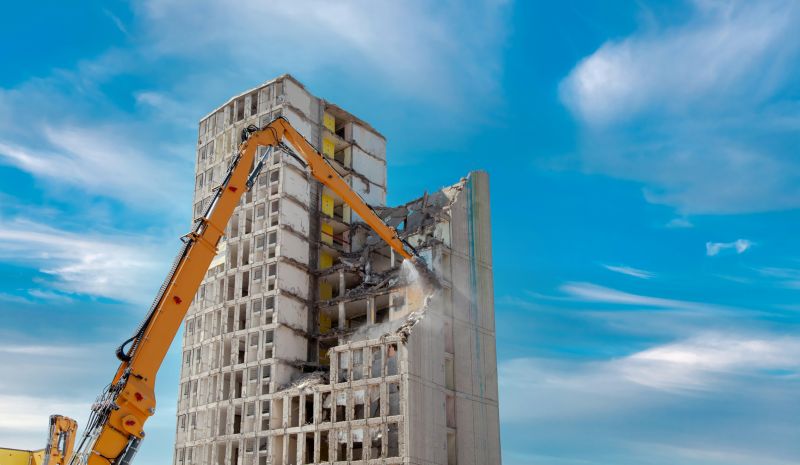
Removing a house in a controlled manner.
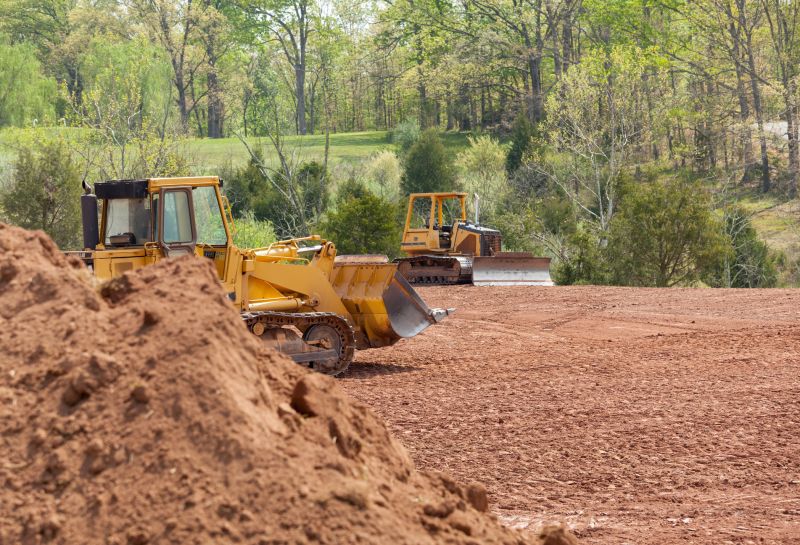
Preparing large industrial sites for new development.

Crane and excavator used in demolition projects.

Little measurements that prevent headaches on Demolition Service day.
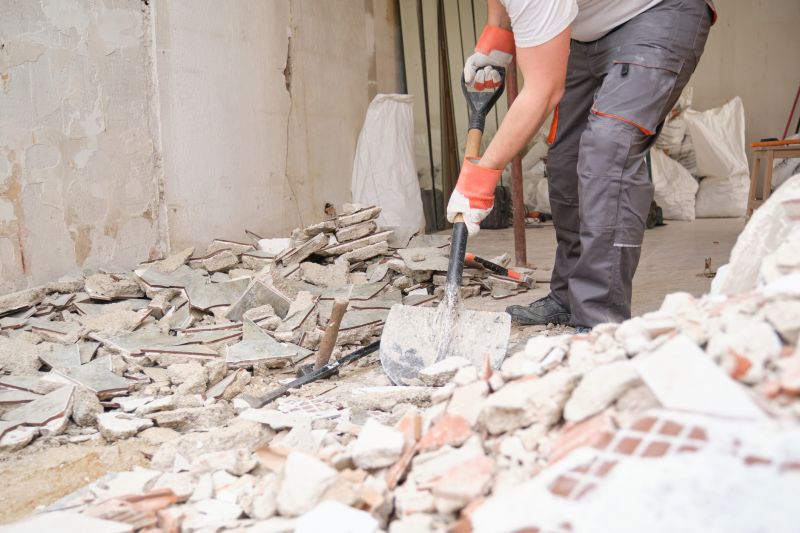
A 60-second routine that keeps Demolition Service looking new.
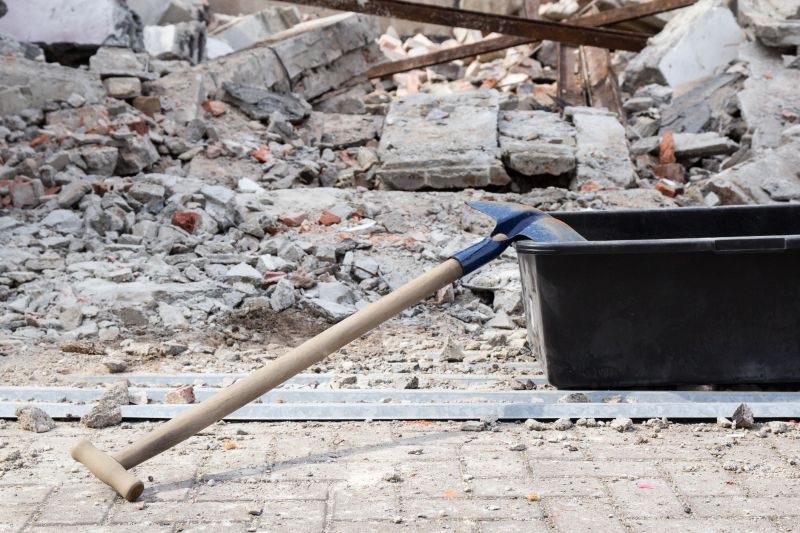
A frequent mistake in Demolition Service and how to dodge it.
| Aspect | Details |
|---|---|
| Weather Conditions | Optimal during dry, mild weather to prevent delays and safety hazards. |
| Seasonal Planning | Spring and fall are often ideal for scheduling demolition projects. |
| Regulatory Deadlines | Permits and inspections may have seasonal windows to consider. |
| Community Impact | Scheduling during low activity hours minimizes disruptions. |
| Project Scope | Large-scale demolitions may require longer lead times for planning. |
| Equipment Availability | Ensure machinery and resources are available during chosen periods. |
| Environmental Factors | Avoid periods with high wind or heavy rain to ensure safety. |
| Safety Considerations | Timing should prioritize safety protocols and weather conditions. |
Choosing the right time for demolition service is essential for project success. Proper planning based on weather, regulations, and community impact can lead to safer and more efficient outcomes. Consulting with experienced demolition professionals can help identify the best schedule tailored to specific project requirements.
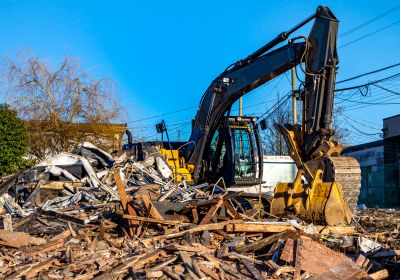
Preparing a site for safe demolition.
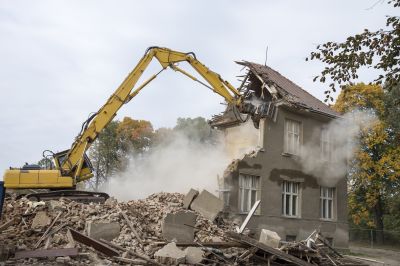
Using mechanical and explosive techniques.
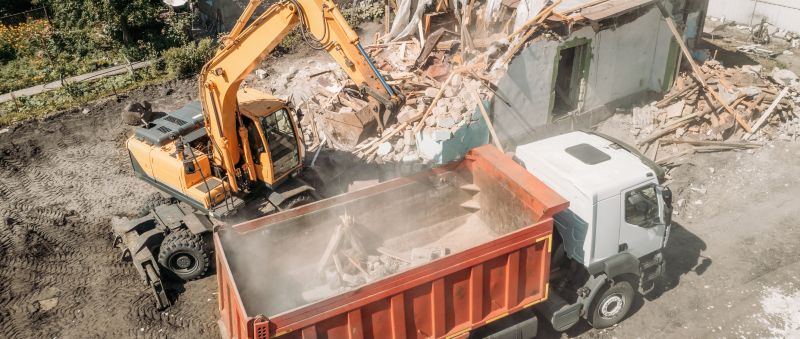
Clearing debris after demolition.

Heavy machinery performing demolition tasks.

Small tweaks to make Demolition Service safer and easier to use.

Lower-waste or water-saving choices for Demolition Service.

The short, realistic tool list for quality Demolition Service.
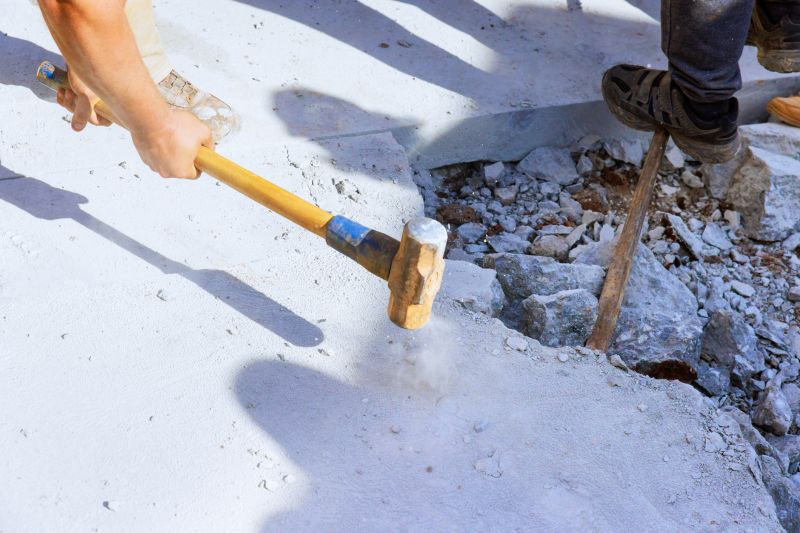
Rough timing from prep to clean-up for Demolition Service.
Interested in scheduling demolition services? Filling out the contact form can provide tailored information and assistance for upcoming projects. Proper timing and expert planning are key to successful demolition operations.
